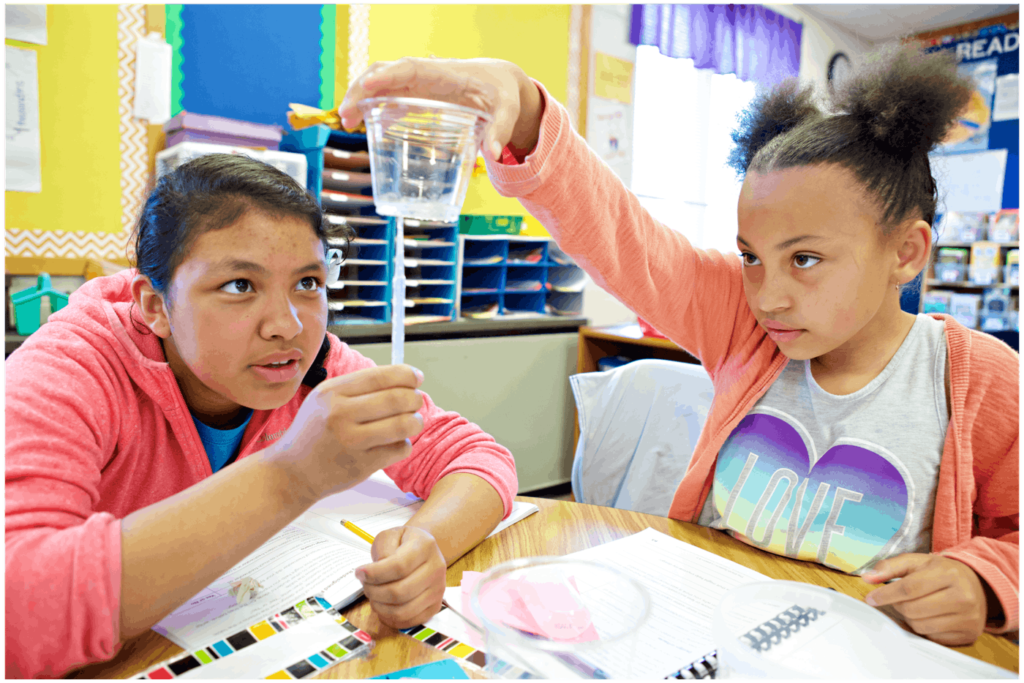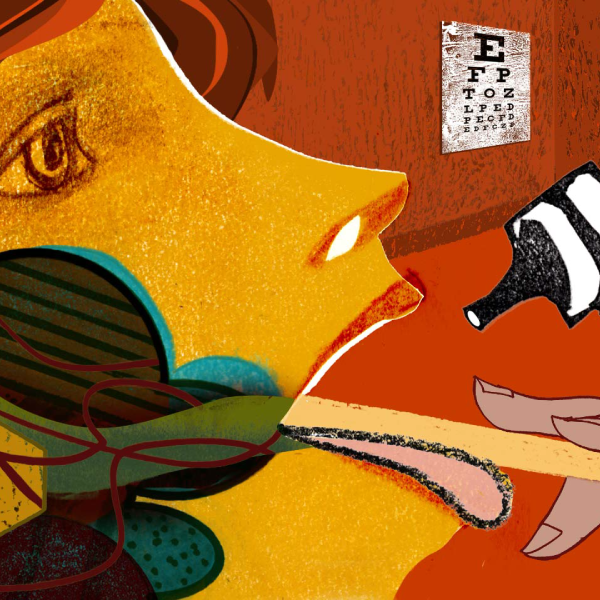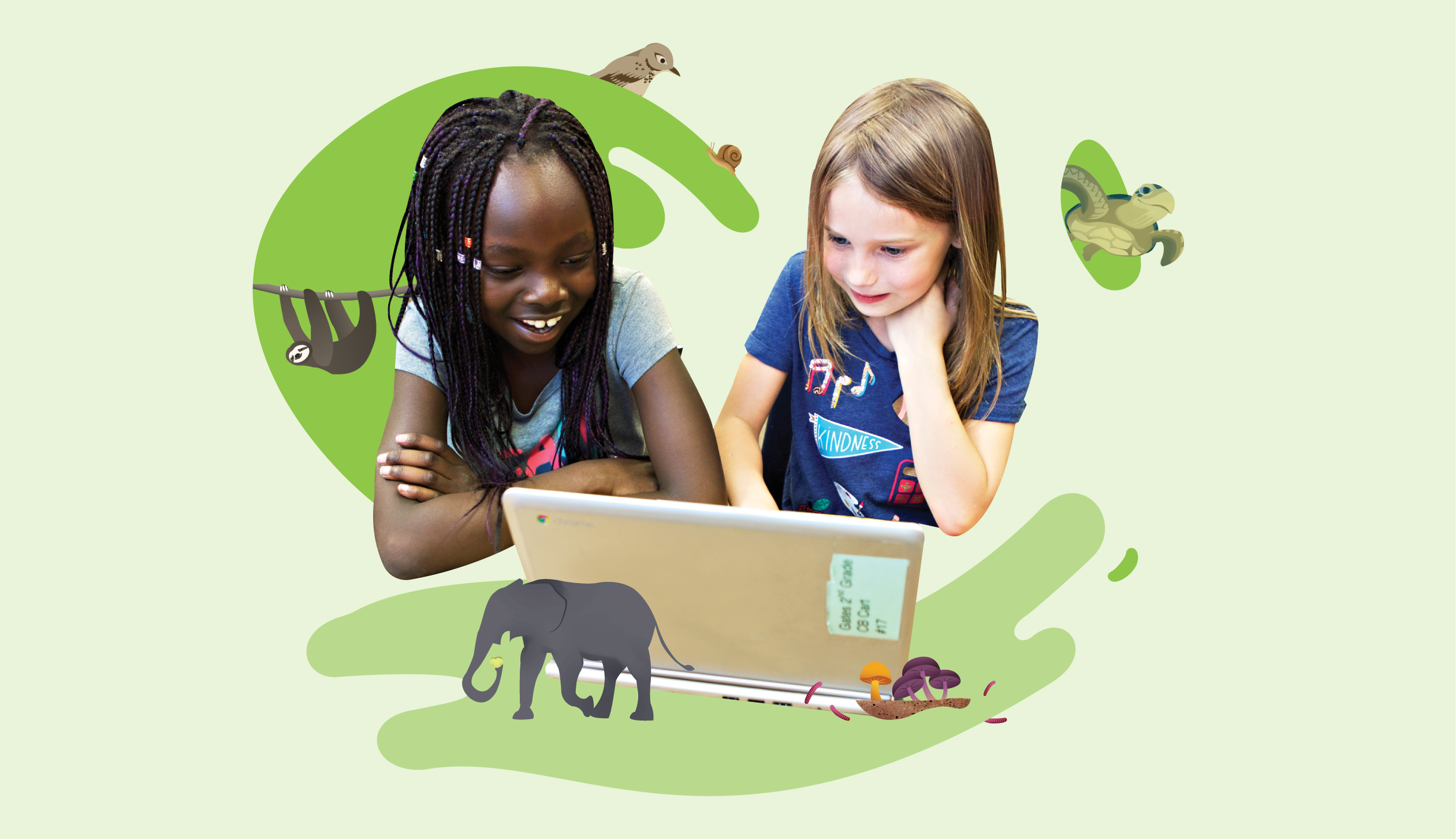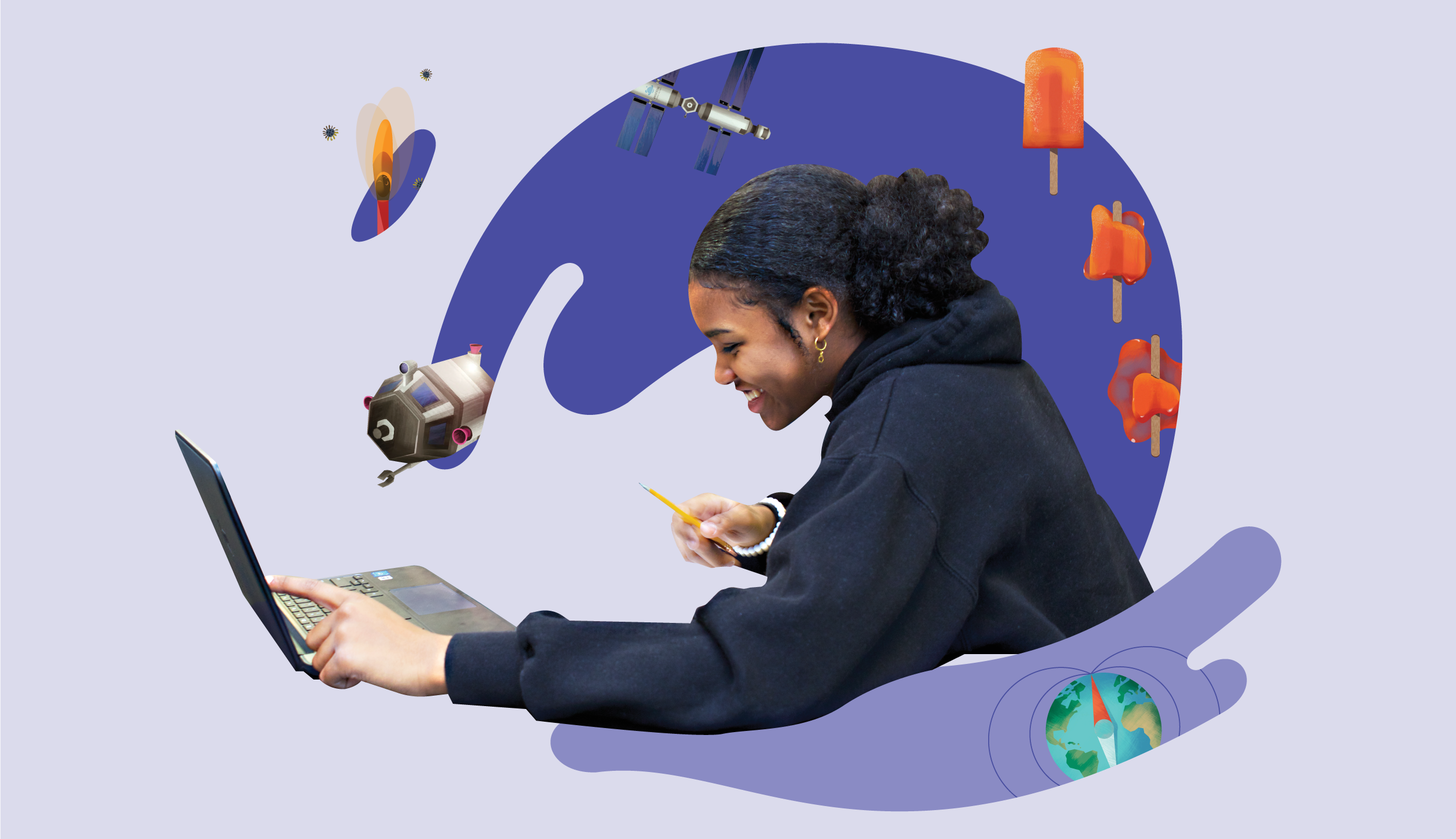Contact information

For your review: Amplify Science K–5 sample materials
Amplify Science is built from the ground up for three-dimensional learning. Below you’ll find samples and resources to guide you in your review.
Explore our sample print materials
Grade Kindergarten
Grade 1
Animal and Plant Defenses

Grade 2
Grade 3
Grade 4
Energy Conversions
Companion Lesson
Amplify Science was designed from the ground up to meet 100% of the NGSS, a set of standards that closely align with the K–12 Science Indiana Academic Standards. To ensure full coverage of the Science Indiana Academic Standards, grade 4 teachers should use the following companion lesson in conjunction with the Energy Conversions unit.
Companion lesson: Simple Machines
Standard covered in this lesson: 4-PS2-1: Investigate how multiple simple machines work together to perform everyday tasks
Recommended placement: Following Lesson 4.6 of Energy Conversions
Materials:Simple Machines Classroom Slides, Teacher Resource, and Student Sheet (Possible Responses)

Grade 5
Additional features

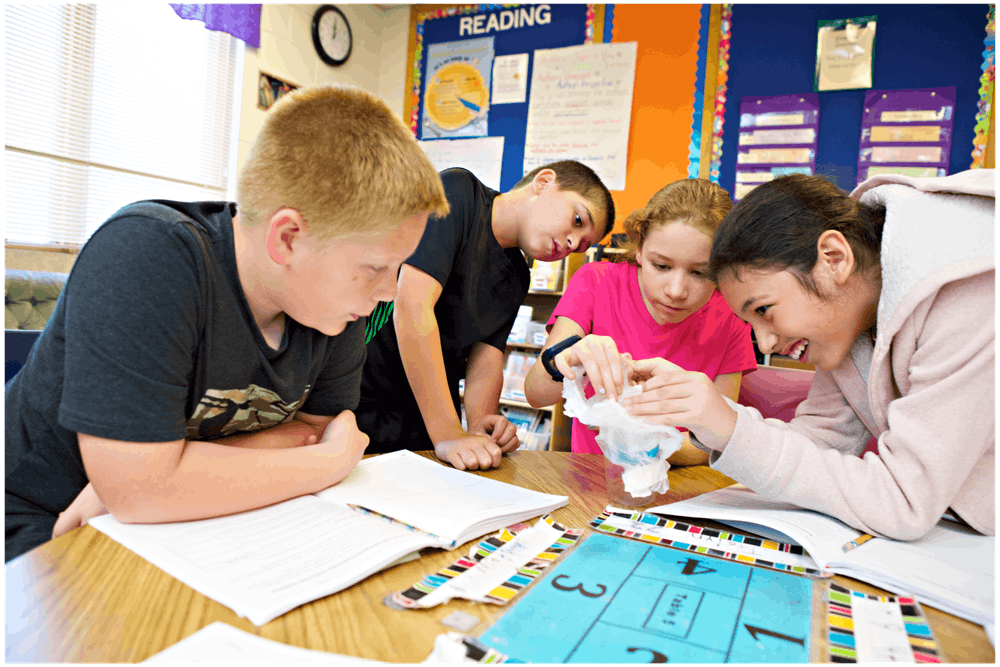

For your review: Amplify Science 6–8 sample materials
Amplify Science is built from the ground up for three-dimensional learning. Below you’ll find samples and resources to guide you in your review.
See how it works

Explore the digital program

Explore sample print materials
Grade 6
Grade 7
Grade 8
Additional features


